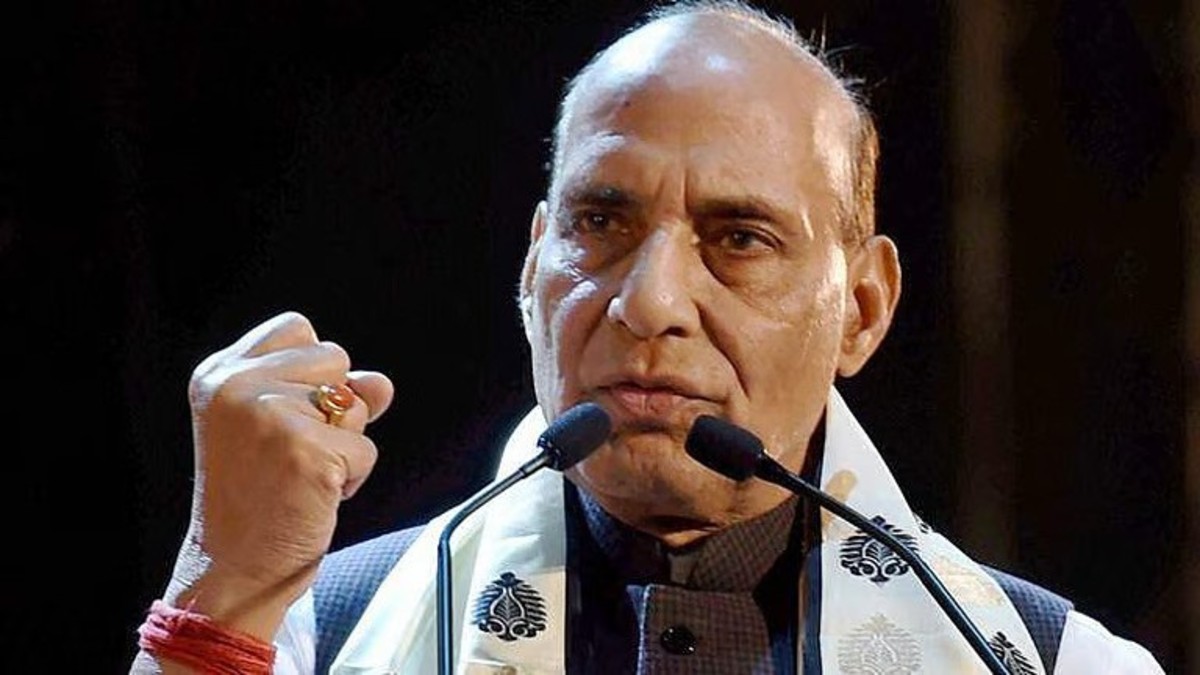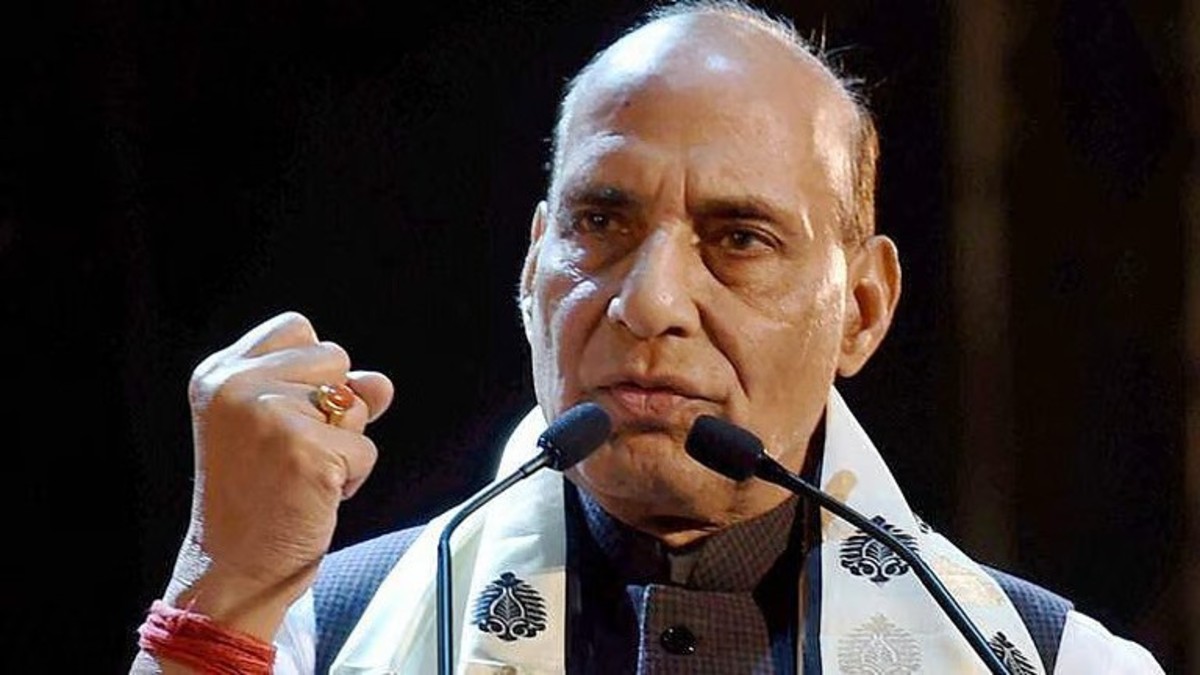Non-alcoholic fatty liver disease (NAFLD) is no longer a condition confined to office-bound urbanites, it has quietly spread across rural India, among lean and labour-intensive populations alike. Recent meta-analyses show that approximately 38 % of Indian adults have NAFLD, with even rural communities recording prevalence rates near 29 %. Emerging patterns now point to a double-bound reality: sedentary professionals in cities and manual-labour workers in villages are converging around a shared risk — metabolic dysfunction, poor diet, alcohol use and disrupted sleep. A striking ICMR-backed Hyderabad survey reported a staggering 84 % of IT professionals with fatty liver, underscoring the extraordinary spread of this ‘silent epidemic’.
This shift compels a needed rethink: NAFLD is primarily a lifestyle-driven disease, not simply an occupational hazard of desk jobs. From “lean but fatty” profiles to shifting food patterns and the urbanisation of rural diets, multiple factors are reshaping India’s liver-health scenario. To understand why fatty liver is rising across demographics and how it can be detected, reversed, and prevented, Firstpost spoke with Dr. K. S. Somasekhar Rao, Senior Consultant Gastroenterologist, Hepatologist and Advanced Therapeutic Endoscopist at Yashoda Hospitals, Hyderabad to shed light on the growing crisis and the path to prevention.
Excerpts:
Why fatty liver is rising beyond desk jobs
Dr Somasekhar: Earlier, fatty liver was seen mostly in urban desk workers. But now, it’s rising even in rural areas due to lifestyle transitions and diets rich in refined carbs, fried foods, and sugary beverages, coupled with decreased physical activity after work. Many rural workers also skip balanced meals and rely on alcohol or processed foods, worsening liver health. It’s no longer just about inactivity; it’s about nutritional imbalance, alcohol use, and metabolic changes. This shift reminds us that fatty liver is a lifestyle disease, not just an occupational one.
Why are IT professionals prone to fatty liver?
Dr Somasekhar: The ICMR-backed Hyderabad study highlighting 84% prevalence among IT professionals is alarming but not surprising. Long sedentary hours, irregular meal timings, minimal sunlight exposure, chronic stress, and inadequate sleep create a perfect storm for metabolic syndrome and fat buildup in the liver. Many skip breakfast, snack on processed foods, and exercise irregularly. These habits disturb the body’s circadian rhythm and insulin response, directly impacting liver metabolism. The solution lies in structured routines, nutritious food choices, screen breaks, and regular fitness—small changes that can make a big difference to liver health.
What is ‘lean but fatty’ liver disease?
Dr Somasekhar: Lean but fatty liver disease occurs when metabolic dysfunction develops despite normal body weight. Genetics, high-carb diets, insulin resistance, stress, and visceral fat (fat around organs) can cause fat to accumulate in the liver, even in slim individuals. Many lean people falsely believe they’re safe, yet they may have high cholesterol or blood sugar levels. Regular screening, liver function tests, and ultrasounds are essential. Maintaining a balanced diet, limiting sugar and refined carbs, managing stress, and staying active help prevent this silent condition. Weight alone doesn’t define metabolic health—lifestyle does.
How can one detect fatty liver early?
Dr Somasekhar: Fatty liver is often silent, which makes early detection challenging. However, subtle signs like unexplained fatigue, dull abdominal discomfort (especially on the right side), loss of appetite, mild bloating, or weight gain around the abdomen should not be ignored. In some, liver enzyme levels rise before any visible symptoms. Regular health checkups, especially for those with diabetes, obesity, or high cholesterol, are crucial. Early detection through simple ultrasound or liver profile tests can prevent progression to fibrosis, cirrhosis, or liver cancer. Remember—you may not feel it, but your liver does.
How can fatty liver be reversed?
Dr Somasekhar: Fatty liver can be reversed in its early stages with lifestyle changes. A balanced diet rich in fruits, vegetables, lean proteins, and whole grains, along with reduced sugar, refined carbs, and fried foods, is key. Avoid alcohol completely, maintain regular meal timings, and stay hydrated. Engage in at least 30–45 minutes of brisk walking or exercise daily. For rural populations, substituting oily or sugary foods with fresh, home-cooked options is effective. Regular fibroscan screenings every 6–12 months help monitor progress. The message is simple : eat smart, move daily, and test regularly.
How can awareness help prevent fatty liver?
Dr Somasekhar: Fatty liver is now a public health concern, not just a lifestyle issue. Governments and healthcare systems should prioritize screening programs, awareness drives, and nutrition education in schools and workplaces. Primary healthcare centers must offer affordable liver health check-ups. Workplaces, especially in IT and corporate sectors, should promote active workstations, mental health support, and healthy cafeteria options. Collaboration between public health experts and employers can drive large-scale prevention. The focus must shift from treatment to early detection and lifestyle modification, ensuring every individual has access to liver health awareness.


)

)
)
)
)
)
)
)
)



